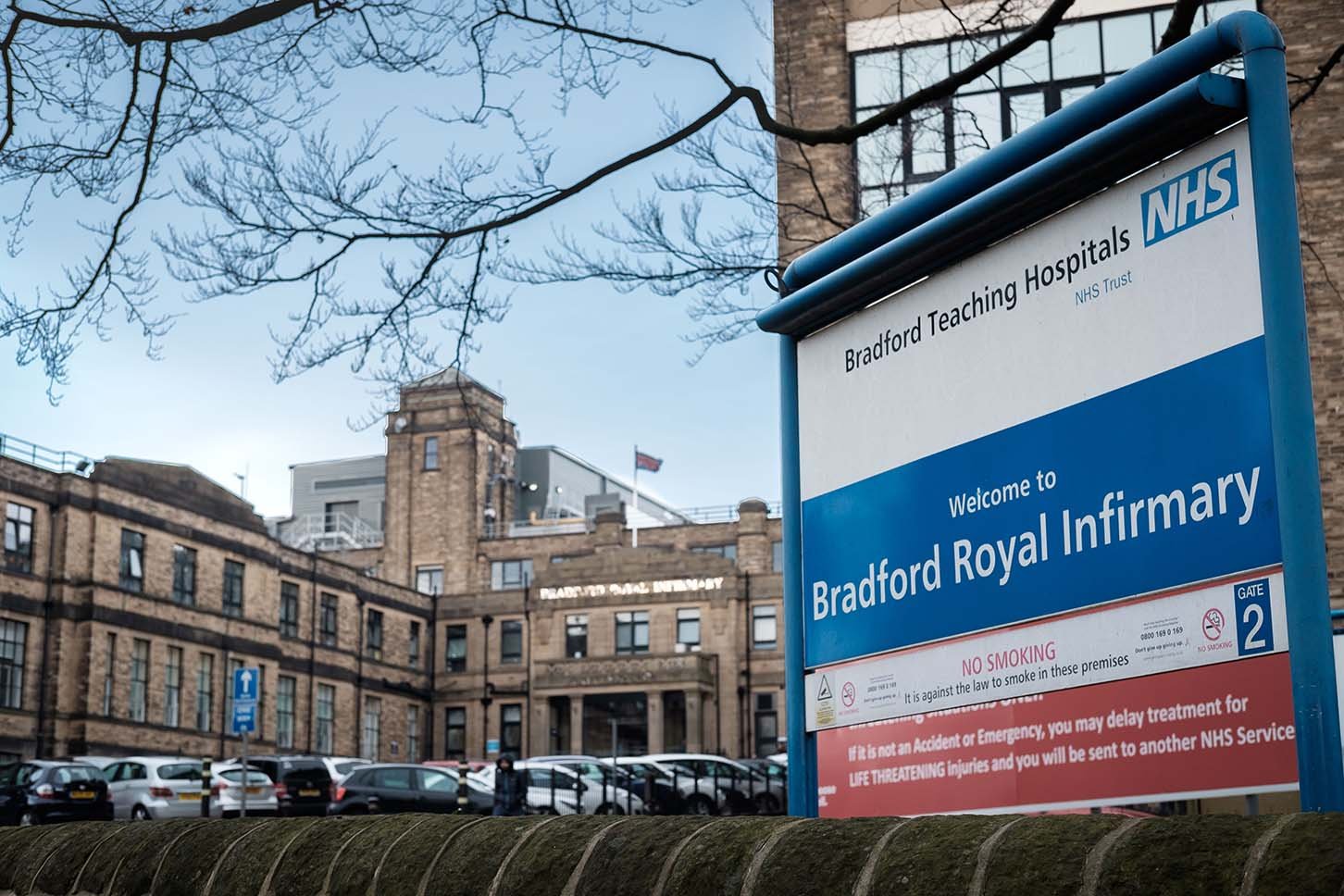Customer Story
Unlocking digital-first healthcare at Bradford Teaching Hospitals

Making Bradford a digital-first Trust
Bradford Teaching Hospitals NHS Foundation Trust are continuously looking for ways to make the patient experience better. They already had ideas on how technology could increase patient engagement and improve the experience, but how to tackle them and in which order was still a question.
Bringing in DrDoctor as a technology partner who understands the NHS means that Bradford could maximise the benefits in the long term with a much needed roadmap. Working closely with the team at Bradford, a plan was quickly put in place.
digital appointment invites sent in 1 year
digital letter uptake for eligible patients
weeks from contract signed to fully live
Moving to Digital by Default
The first area targeted was appointment letters. With around 1.5m letters sent every year, it presented a big opportunity for the Trust to reduce the £700,000 annual spend on printed letters.
The DrDoctor Digital by Default model was implemented, which notifies and sends all patients their hospital letters on the DrDoctor Patient Portal first. This model is fail safe - if the patient does not view the letter online within a set timeframe, or if they had already set their letter preferences to print, they would be sent a paper letter automatically. This ensures that no patient misses any important communications.
After a quick technical integration and a patient communications campaign, a pilot phase was started. Feedback found that patients were delighted to have a choice, and being able to view their letters anytime, on any device.

Improving choice of communications
Once patient letters had moved to a digital model, the focus switched to digitising appointment services with DrDoctor Scheduling. This required building automated notifications that remind patients of upcoming appointments on multiple channels. This also allowed more relevant information to be shared with patients prior to their appointments.
Patients now automatically receive appointment reminders via SMS, email or by viewing details on the Patient Portal. While reducing the DNA rate was a factor, the key outcome was to provide more contextual information to patients. A customised SMS message reassures patients so they know exactly what stage of their care journey they were in.
Providing this information on a clinic-by-clinic basis was key to improving the patient experience. For example, all SMS messages in Paediatrics now provide a specific number for certain consultants, cutting out a step for patients.
After a successful 1-week pilot, Bradford went live in all targeted clinics. DrDoctor Scheduling also allows patients to review their appointment details on the Patient Portal as well as request changes.
Patients still have the choice to call the booking team if they prefer to speak with someone directly or they can manage the entire process via SMS.
The DrDoctor product has exceeded our expectations. We were set-up and live within 12 weeks of signing the contract. After one year we have now sent over half a million digital invites.
Andrew Mullan,
Service Improvement Lead
A remodelled appointment service
With communications now focused on engaging the patient in a digital-first model, Bradford wanted to use technology to improve the quality of appointments. Two clinics, IBS and Coeliac, were chosen for the initial rollout of pre-clinic Assessment forms.
Digital Assessment forms retain all the benefits of paper-based forms, but also provide new value. Patients could receive and fill out the form online meaning they can do so from the comfort of their own home. This vastly better experience results in a much more engaged patient. The information they provide is also of higher quality as they have the time and space needed to consider their answers fully.
Answers can be submitted from 7 days before the appointments up to the day it is scheduled. Clinicians review Assessments on the day to ensure they receive the most up to date information. This means less time in waiting rooms, less time wasted in appointments and a happier patient.
Our consultants often tell me that, in all their time working for the NHS, they’ve never seen a digital project have such positive patient feedback.
Andrew Mullan,
Service Improvement Lead